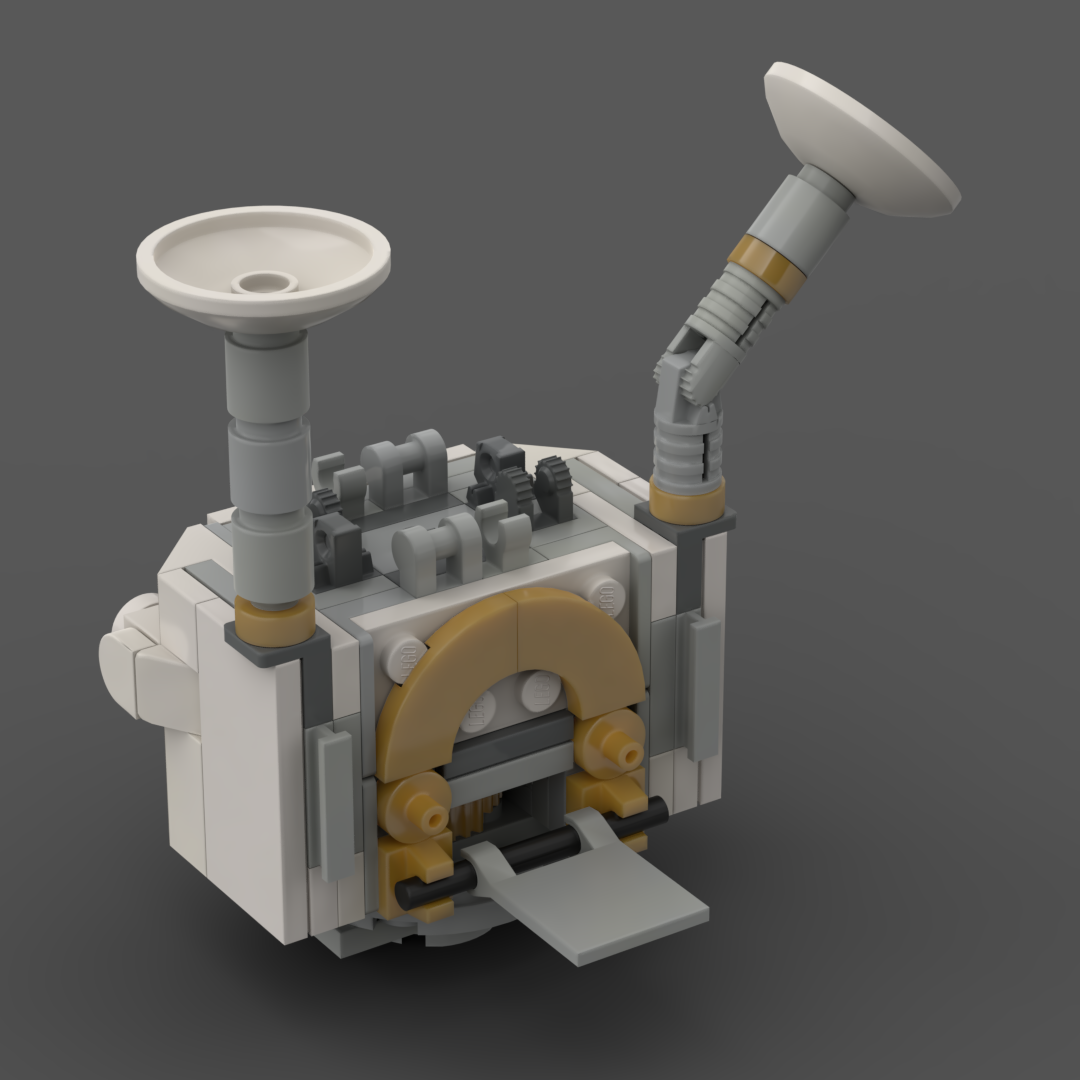
LEGO Designer:
Dan Fallon (phreaddee)
Designed:
January 2020
Launch Vehicle Details
Stages:
Length:
Diameter:
Mass at Launch:
Low Earth Orbit Capacity:
Total Thrust:
Apogee:
Class:
The Integrated Truss Structure (ITS) of the International Space Station (ISS) consists of a linear arranged sequence of connected trusses on which various unpressurized components are mounted such as logistics carriers, radiators, solar arrays, and other equipment. It supplies the ISS with a bus architecture. It is approximately 110 meters long and is made from aluminum and stainless steel.
All truss components were named after their planned end-positions: Z for zenith, S for starboard and P for port, with the number indicating the sequential position. The S0 truss might be considered a misnomer, as it is mounted centrally on the zenith position of Destiny and is neither starboard nor port side.
Z1 truss
The first truss piece, the Z1 truss, launched aboard STS-92 in October 2000. It contains the control moment gyroscope (CMG) assemblies, electrical wiring, communications equipment, and two plasma contactors designed to neutralize the static electrical charge of the space station.
Another objective of the Z1 truss was to serve as a temporary mounting position for the “P6 truss and solar array” until its relocation to the end of the P5 truss during STS-120. Though not a part of the main truss, the Z1 truss was the first permanent lattice-work structure for the ISS, very much like a girder, setting the stage for the future addition of the station’s major trusses or backbones. It is made from stainless steel, titanium, and aluminum alloys.
While the bulk of the Z1 truss is unpressurized, it features a Common Berthing Mechanism (CBM) port that connects its nadir to the zenith port of Unity and contains a small pressurized dome that allowed astronauts to connect electrical ground straps between Unity and the truss without an EVA. In addition, the dome inside the CBM of Z1 can be used as storage space.
The Z1 truss also features a forward-facing Manual Berthing Mechanism (MBM) ring. This MBM is not a port and is not pressurized or electrically powered, but it can be operated with a handheld tool to berth any passive CBM to it. The Z1 truss’s MBM was used only once, to temporarily hold PMA-2, while the Destiny lab was being berthed onto the Unity node during STS-98. Since the installation of the nearby S0 truss in April 2002, access to the MBM has been blocked.
In October 2007, the P6 truss element was disconnected from Z1 and moved to P5; P6 will now be permanently connected with P5. The Z1 truss is now solely used to house the CMGs, communications equipment, and the plasma contactors; furthermore, Z1 connects now solely to Unity (Node 1) and no longer houses other space station elements.
In December 2008, the Ad Astra Rocket Company announced an agreement with NASA to place a flight test version of its VASIMR ion thruster on the station to take over reboost duties. In 2013, the thruster module was intended to be placed on top of the Z1 truss in 2015. NASA and Ad Astra signed a contract for development of the VASIMR engine for up to three years in 2015. However, in 2015 NASA ended plans for flying the VF-200 to the ISS. A NASA spokesperson stated that the ISS “was not an ideal demonstration platform for the desired performance level of the engines”. (An example of a spacecraft that used an ion thruster to maintain its orbit was the Gravity Field and Steady-State Ocean Circulation Explorer, whose engine allowed it to maintain a very low orbit.)
Part count: bricks, lots.
| Unit | width | length | height |
|---|---|---|---|
| Studs | |||
| Inches | |||
| Centimetres |
No external URL provided.
Launch History information from space.skyrocket.de
Launch History information from space.skyrocket.de
Related Posts
None found

